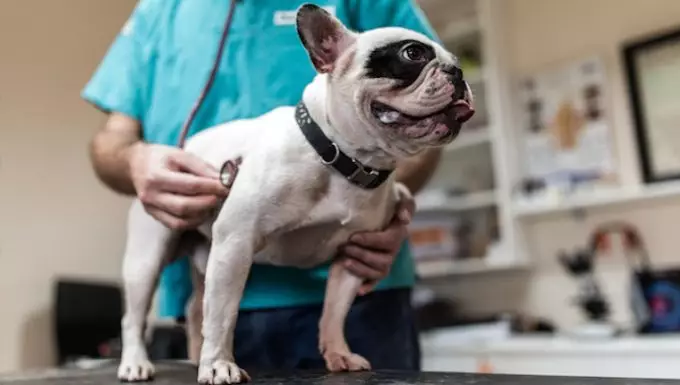Apudoma is an uncommon but significant disorder that primarily affects the gastrointestinal tract of dogs, especially those in their senior years. This tumor is often malignant, making it a serious concern for pet owners. Apudoma has the potential to manifest symptoms that may initially resemble less severe gastrointestinal issues, such as ulcers and acid reflux. What makes the condition particularly insidious is how easily it can go undetected until it has progressed considerably.
The symptoms of Apudoma can be distressing and diverse. Common indicators include sudden weight loss, persistent vomiting, and a notable decrease in appetite. Other signs may include abdominal pain, the presence of blood in feces, increased thirst, and lethargy. The emotional toll on both the affected dog and its owner is profound, not only because of the pet’s discomfort but also due to the anxiety surrounding a cancer diagnosis.
Risk Factors and Causes
One of the most disconcerting aspects of Apudoma is the lack of clarity surrounding its causes. While researchers have not definitively pinpointed its origin, it is believed that factors such as genetic predisposition and environmental influences related to lifestyle and diet may play a role. Understanding these risk factors is crucial for dog owners, particularly those with older pets. It’s an unfortunate truth that, as our furry companions age, they become more vulnerable to such significant health issues.
Interestingly, the absence of definitive causes raises questions about prevention. If pet owners are not adequately informed about the potential dangers that could lead to Apudoma, they may not be able to take proactive measures to protect their dogs. Awareness and education are essential in mitigating risks and ensuring any signs of distress are promptly addressed.
Diagnosis and Treatment Options
Prompt diagnosis is vital for managing Apudoma effectively. When concerns arise, the first step usually involves a thorough discussion of the dog’s symptoms and medical history with a veterinarian. Comprehensive physical examinations, along with blood and urine tests, can help identify underlying issues, such as iron deficiency. An ultrasound is often employed to detect tumors, allowing for a clearer understanding of the dog’s condition.
The predominant treatment strategy revolves around tumor removal, signaling the importance of timely intervention. However, the complexity of the procedure varies based on the tumor’s characteristics and the overall health of the dog. Unfortunately, many cases are diagnosed late, necessitating palliative care to manage pain and discomfort. It’s essential that veterinarians explore all avenues to enhance the quality of life for affected dogs, including dietary adjustments and medications to alleviate symptoms.
Emotional Impact on Owners
Caring for a dog diagnosed with Apudoma can be emotionally taxing. The fear of losing a beloved pet can overwhelm owners, pushing them toward seeking the best possible care. The journey often involves navigating difficult choices regarding treatment options, weighing quality of life against the potential for recovery. In moments of uncertainty, the bond between the pet and owner is tested, demanding resilience and unwavering support.
As an advocate for canine health, I believe that sharing experiences and consultation with veterinarians can significantly benefit dog owners. Each dog’s experience with Apudoma is unique, and collaboration with veterinary professionals will help tailor the best approach to treatment, instilling hope amidst uncertainty. The journey through diagnosis and treatment may be daunting, but it’s important for pet owners to remember they are not alone in this fight.

